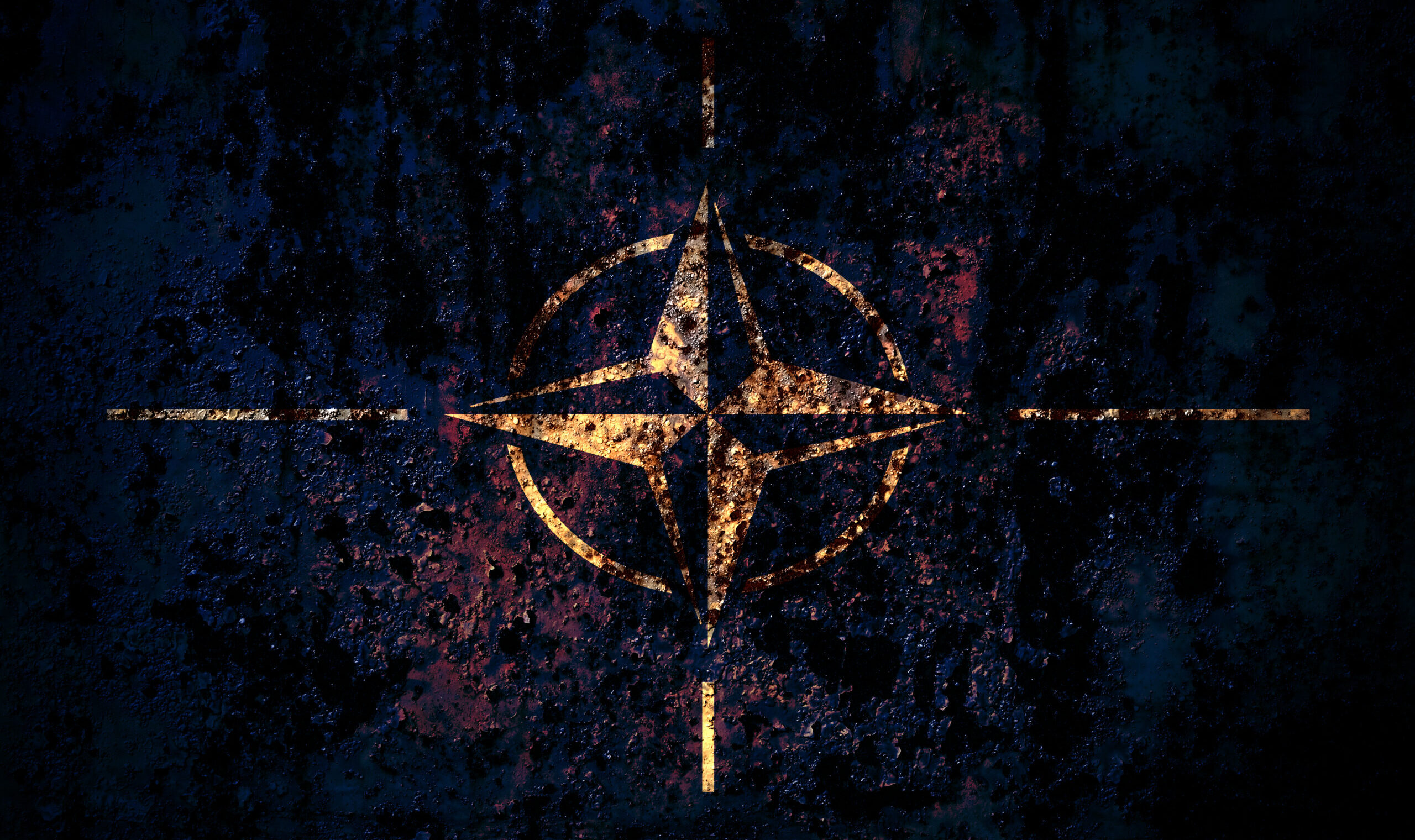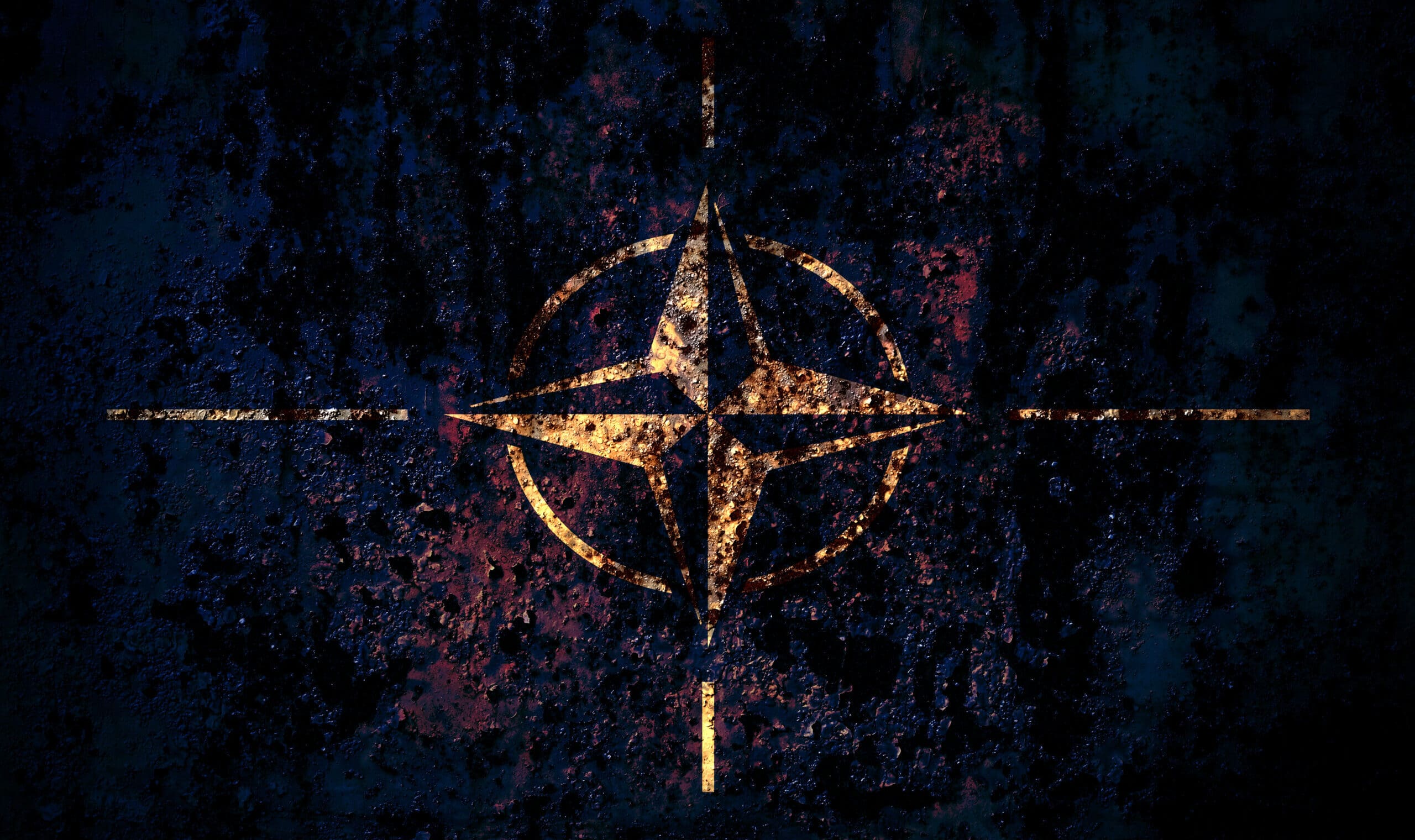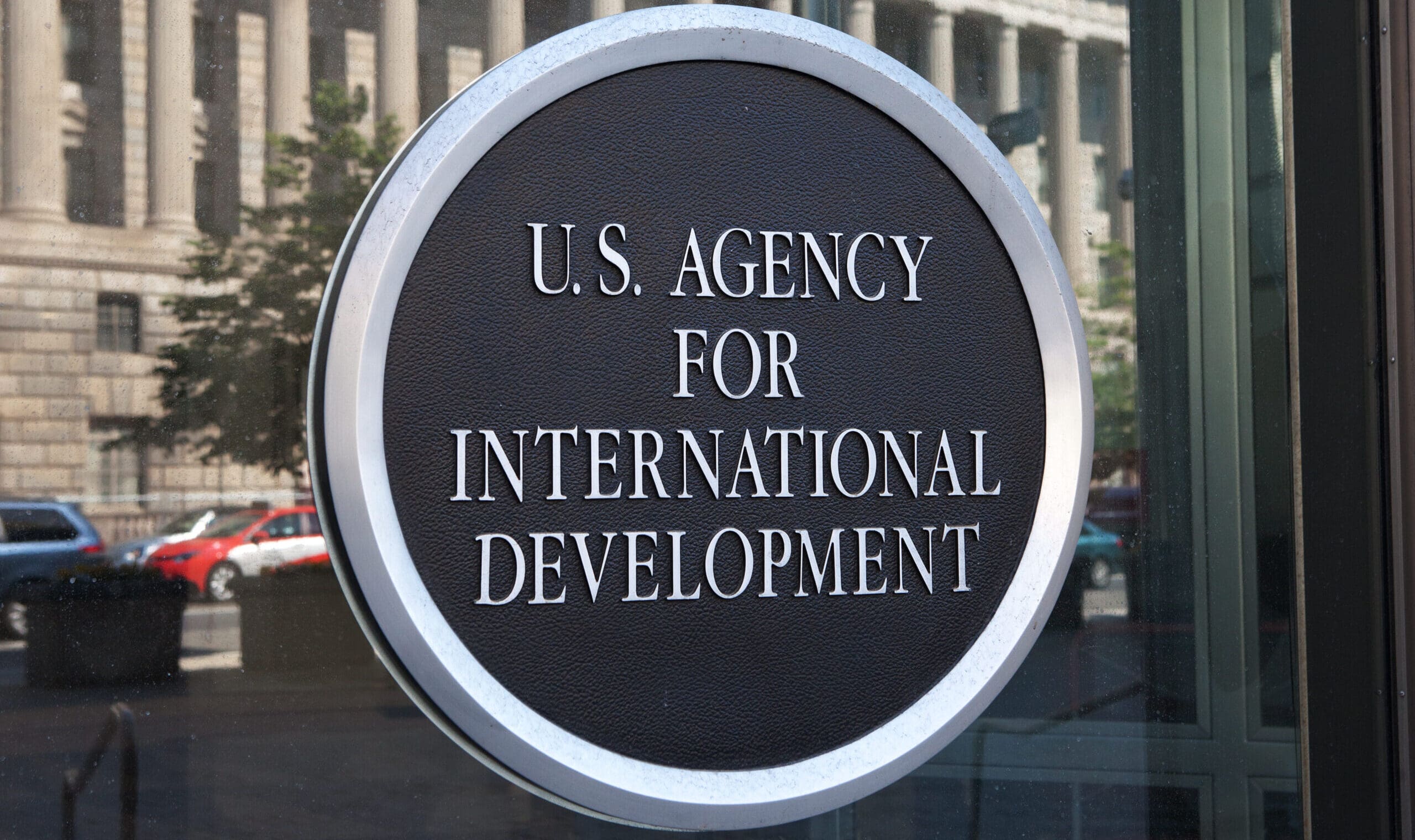Books
Ryan Lucas Henderson’s new book captures the daily lives of soldiers and civilians in post–Cold War Europe.

West from the Fallen Wall, by Ryan Lucas Henderson, Spade & Scroll, 271 pages.
Until recently, I’d never met a writer, not a real one anyway. I’ve long known many people, myself included, who pretend to be, but my general rule is that if you don’t put pen to paper to write fiction, and the kind that strangers pay to read, you’re a scribbler.
But one day, as I was loitering outside Sovereign House (New York City’s much-ballyhooed right-wing hangout), that changed. A young mustachioed man with a thick Midwestern accent asked me for a cigarette. “Here we go,” I thought, “another artiste or thought-leader wannabe.”
“I’m a photojournalist.”
A good start, but anyone on the right with an ounce of sense is suspicious of journalists, even the visually inclined ones.
Asking him how he ended up in New York, I came to find out that, among other projects, he’d previously spent around a year and a half as a photographer in the 173rd Airborne Brigade, working alongside the U.S. Army and their peacetime training mission to NATO allies in Europe and the Middle East. Some of his photos had just been published in IM—1776, and he was in NYC for an event they were hosting.
He also mentioned, as an afterthought, that he was an archeologist and had just finished a short story collection that was set to come out next month.
“What are your stories about?”
“They are small vignettes of what life is like for soldiers and civilians in post-Cold War Europe.”
Oddly specific, but I was intrigued. He bummed a smoke from someone else, we talked some more, and a few weeks later I received a copy of Ryan Lucas Henderson’s West from the Fallen Wall, with a heartfelt note from Ryan and his publisher, who was also there and to whom I had promised this review.
From the first story to the last, this is not some Amazon “self-pub” book, or, even worse, AI-generated slop masquerading as fiction. Henderson’s stories manage something refreshing and uncommon in today’s literary scene: authentic and carefully constructed plots and characters instead of fantasy lands and strawmen inserted to ventriloquize contemporary talking points. What he does particularly well (probably due to his training as a photographer) is capture highly distilled images of daily life, issues of military globalization, houses divided, and risks of future conflicts. In the calcified Europe that Henderson paints, friction is inevitable.
Throughout all of his stories, Henderson faithfully follows Twain’s dictum: “write what you know.” Most are about soldiers stationed in Europe during peacetime, so if you normally enjoy raucous comedy or steamy romance, brace yourself for troop movements, tank treads, and war games (although there is one love story in the set called “As the Romans,” which happens to be my favorite). That said, this book isn’t merely political fiction, and doesn’t read like it. Still, one can’t help but recognize familiar human archetypes from the last 30 years of political affairs.
Major Meyers, the American officer from the opening story, “Rockets’ Red Glare,” comes to mind. He makes a show of correcting his subordinate for disrespecting the Croatian First Lieutenant Kovač, in whose country the Americans operate. “We are guests here,” the good major recites with a smile. Later, when Meyers breaks the news to the esteemed Croat that NATO intends to conduct live-fire exercises of heavy artillery near a city, in violation of a local ordinance that Kovač has been sent to uphold, he appeals to his host country’s own interests: “I get it. It sucks. But this is all for you guys, anyway.” Meyers, needless to say, got his artillery drills.
Thus, in one interaction, is the lopsided struggle between NATO (meaning American) interests and those of the local European population. Lt. Kovač is merely trying to fulfill his orders from the Croatian military in hopes of a promotion and a better life for his family, but has to work within a context set by a foreign capital. Ultimately, his own interests are overwhelmed by those of NATO military personnel (all Americans) stationed in his city, setting up the central thread running through each of the stories—“What is America still doing in Europe?”
Then there are the nameless ones, the international top brass featured in “Red Sheepskin.” Generals, ambassadors, and members of some parliament or another assemble on hillside bleachers to check in on their NATO investment. They do this by inspecting a humanitarian mission simulated in the valley below. The titillating choreography of smoke grenades, barrel rolls, and parachute drops provide an unmatched, courtside experience. Of course, oversight requires transparency, and transparency requires an unobstructed view, made possible by jumbotrons, whose glittering graphics and chyrons dance across the screen to facilitate close scrutiny. For those of us who’ve always suspected government accountability missions are basically sightseeing tours for goofy, helmeted Michael Dukakis–types who need to be seen riding in a tank, there’s something resonant about Henderson’s portrayal of the expert class on the ground inspecting the “theater” of war.
There’s a critique of the U.S. foreign policy establishment implicit in these depictions of Potemkin scrimmages, but Henderson manages to maintain a level of objectivity in his storytelling, which is by no means polemical. In fact, it’s a love affair with a western world unsure of itself, occasionally verging on the sentimental, though never the saccharine. Henderson describes Americans and our European allies with obvious affection. He’s especially charmed by the latter, which should surprise no one; he married a Venetian mountain nurse while stationed in Italy.
Despite this starry-eyed fondness, European characters bear as many flaws as their American counterparts across the collection. In the same story, “Red Sheepskin,” dancing Greek and American soldiers exchange drunken promises to join forces against those “Turk bastards” when needed, apparently unaware that Greece, Turkey, and the U.S. have remained NATO allies since 1952. In a story called “Nobody Passes Here,” set in Italy’s Dolomite Mountains, the European Union prohibits an elderly, veteran Alpino (an Italian mountain soldier) named Luca from selling his salami, the recipe having been passed down for generations, under the name sopressa vincentina now that he has moved one province away. This is cultural preservation under the rule of the European Union.
Subscribe Today
Get daily emails in your inbox
That thematic question mentioned above—What are we (the U.S.) still doing in Europe?— truly is more question than answer. Henderson is no ideologue. Having spoken with him about these and other issues, it’s clear he intended this book to serve as something of a time capsule, preserving the conversations, concerns, and lifestyles hidden within America’s strategic shadow.
Today, as a new Trump administration questions the purpose and scope of the western alliance, the American shadow over Europe appears less permanent than ever in my lifetime, and Europeans less sure of their destiny. While America seems intent on becoming great again, no one can know for sure what’s next for the old continent, but at least we can try to understand Europe’s present morass. Lucky for me, I met a mustachioed Midwesterner who depicted the uneasy situation and uncertain motivations of post-Cold War westerners—both the Europeans and the American soldiers stationed among them—so poignantly.


